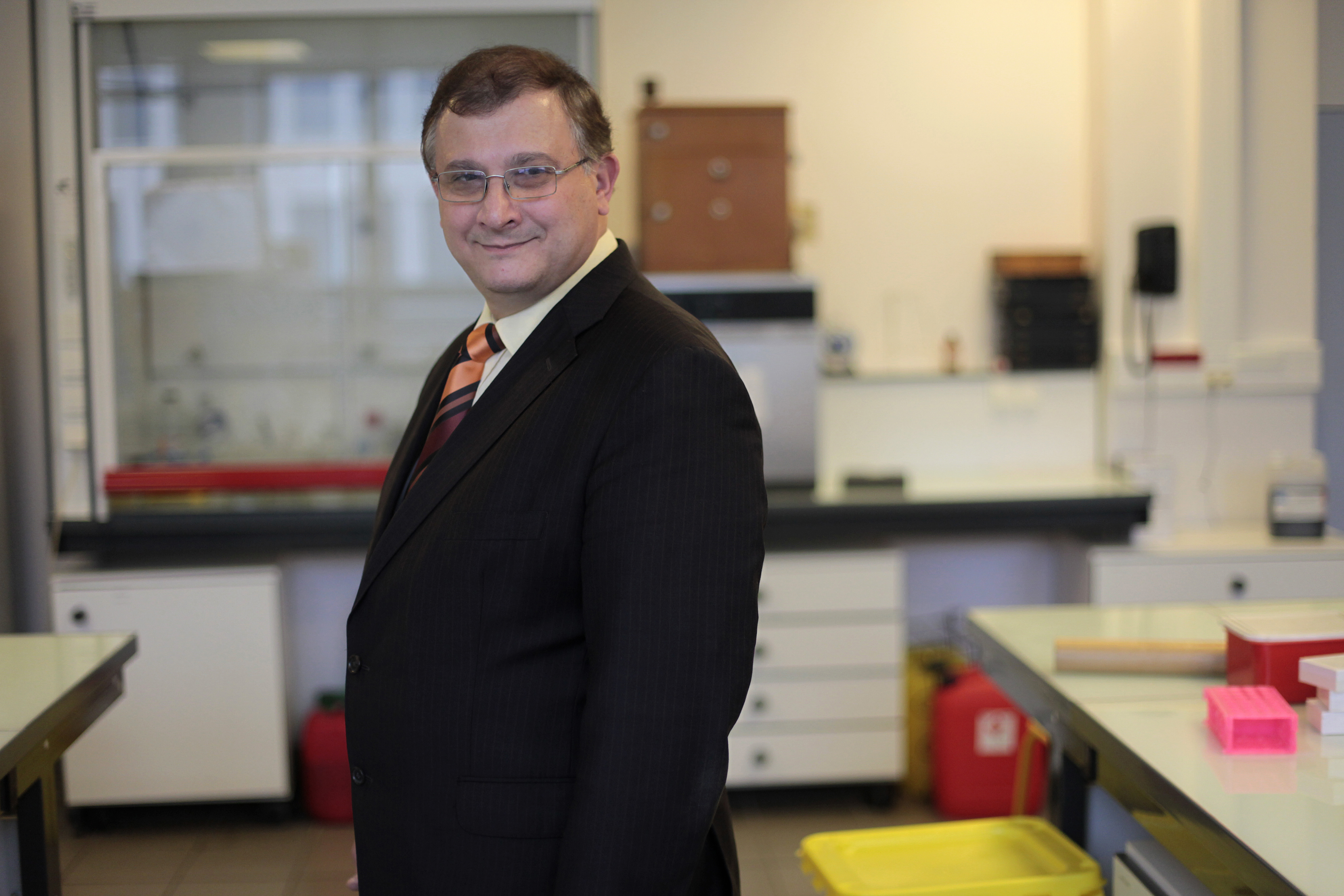I am a neurobiologist working on memory. I use Sprague-Dawley rats, and I am used to building experimental paradigms. I was surprised by the dramatic effects reported by the media and decided to have a look at the paper to form my own opinion. I found the work well introduced, well planned, seriously analyzed and convincingly discussed, proposing possible explanations to account for the unexpected data.
I heard the different criticisms that have been raised by this work and they did not convince me. It is true that Sprague-Dawley rats easily develop tumours, especially when they are getting older. However, the study compared exposed and non-exposed Sprague-Dawley rats. Thus differences between these groups are due to the exposure and this [increased tumour incidence] cannot be considered a criticism.
We usually work on behaviour with groups of rats ranging from 8-12 individuals. All the studies in the world, even those published in the most prestigious journals, consider that number as sufficient. I am not an expert in statistics, but I use them quite extensively and the analyses in the paper seem to be correctly performed.
So while I was not a priori in favour of the position supported by the study, I was convinced by the paper. In my opinion the results are so intriguing that the first thing to do is to replicate them, and this is the only thing to do, according to a scientific position. I write this letter because I heard that some pressure was placed on [the journal editor] to withdraw the study and I was really shocked.
Pascale Gisquet-Verrier, director of research, CNRS, University of Paris-Sud, France

















